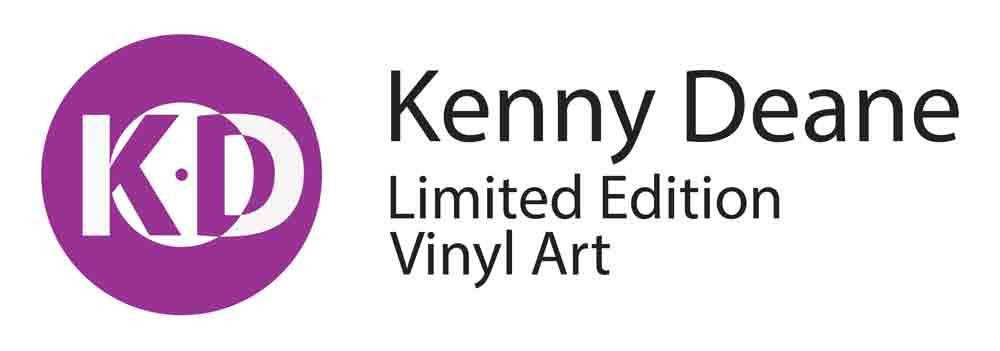Description
Additional information about this, The Doobie Brothers vinyl art.
The Doobie Brothers – The Artist
The Doobie Brothers are an American rock band from San Jose, California. The group has sold more than 40 million albums worldwide. They have been active for nearly five decades, with their greatest success in the 1970s. The group’s current lineup consists of founding members Tom Johnston (vocals, guitars) and Patrick Simmons (guitars, vocals), longtime member John McFee (guitars, fiddle, backing vocals), and touring musicians including Bill Payne (keyboards), John Cowan (bass, vocals), Marc Russo (saxophone), and Ed Toth (drums). The band’s history can be roughly divided into three eras. From 1970 to 1975 it featured lead vocalist Johnston and a mainstream rock and roll sound with elements of folk, country and R&B. Johnston quit the group in 1975, and was replaced by Michael McDonald, whose interest in soul music changed the band’s sound until it broke up in 1982. The Doobie Brothers reformed in 1987 with Johnston back in the fold and are still active, with occasional contributions from McDonald. Every incarnation of the group has emphasised vocal harmonies.
Long Train Runnin’ – The Song
Long Train Runnin’ (or “Long Train Running”) is a song recorded by The Doobie Brothers and written by band member Tom Johnston. It was included on the band’s 1973 album The Captain and Me and released as a single, becoming a top 10 hit internationally. It was covered by Italian band Traks in 1982 and then by English girl group Bananarama in 1991. In 1993 the Doobie Brothers version was remixed and charted again in several countries. The song is particularly well known for its use of the harmonica.
A Blues Harmonica Player – The Shape
Modelled into a hatted man playing the harmonica. The harmonica, also known as a French harp or mouth organ, is a free reed wind instrument used worldwide in many musical genres, notably in blues, American folk music, classical music, jazz, country, rock. There are many types of harmonica, including diatonic, chromatic, tremolo, octave, orchestral, and bass versions. A harmonica is played by using the mouth (lips and tongue) to direct air into or out of one or more holes along a mouthpiece. Behind each hole is a chamber containing at least one reed. A harmonica reed is a flat elongated spring typically made of brass, stainless steel, or bronze, which is secured at one end over a slot that serves as an airway. When the free end is made to vibrate by the player’s air, it alternately blocks and unblocks the airway to produce sound.
Need Help? Contact Us










Reviews
There are no reviews yet.